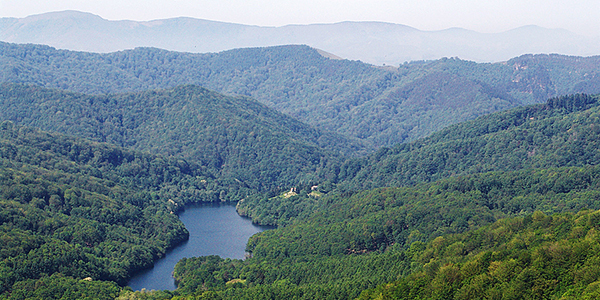After a fair few "boring" races in the recent years (sure, there were some exciting ones too), I think, it is time F1 stopped making short term knee-jerk changes to fix a broken formula and found a sustainable formula that can deliver "natural racing" -- something we all want to watch.
I'm not an expert in technical stuff, but, as a long time fan of the sport these are the things, I think, should change for F1 to find the art of natural racing (2021 is the right opportunity, I think)
DRS:
1) Get rid of DRS OR make them free to use like KERS, but, within designated DRS zones for a limited time (say, DRS can be used by all drivers when enabled, but, only for 60% of the DRS zone in the track)
Chassis:
1) Reduce the width of the cars to give more room for the following car in the ideal racing line
2) Standardise front and rear wings (with very limited aero development opportunity) to optimise the turbulent air flow behind the car
3) Let diffuser and floor be the areas of development for finding and optimising the down-force (but, define key parameters in the regulations to keep their impact on the air flow behind the car in check)
4) Simply put, define how the airflow enters and exits the car and let the teams work it around the chassis
5) Reduce the minimum weight requirement of the chassis as much as possible without compromising the safety
Engine:
1) Define performance parameters of the engine and let reliablity & drivability be the distinguishing factor between manufacturers
2) A positive side effect is, new manufacturers will know what performance parameters to match (will find it easier to enter the sport)
3) Minimise development cost (performance cap should automatically reduce development cost to some extent) by introducing a reasonable cost-cap
4) FIA should revisit and revise the performance parameters periodically (every 4 yrs or so) until the engine template reaches its full development potential
5) Simple is good, but, hybrid is the future -- so, it would be wise to choose a simple, but, road relevant hybrid PU template (current template is far too complex)
6) Increase the PU allocation to 5 per season
7) Customer teams should always get the current generation engine from the manufacturer

Relax fuel flow limitations to make flat-out racing a possibility (with predefined engine performance parameters, it can't be difficult to predict optimal fuel-flow level)
Refueling:
I understand safety is important and refuelling was primarily banned on safety grounds. But, here is an argument why we might need it to rescue F1
1) A stint can't be extended (when a car starts a stint it pretty much commits to a maximum stint length) and there is no real incentive to carry excess fuel onboard
2) Teams can still plan a longer stint with softer tyres and commit to baby sit the tyres, but, not knowing what others are up to would discourage such plans
3) Varying fuels loads == Varying performance/tyre-degradation pattern
4) With refueling teams needn't have to develop the car to cope with a "full tank + minimum car weight" situation (it would be rare for cars to start races with more than 50% of the fuel), so, chassis development can work with a lower beginning of the stint weight management
5) Refueling adds 6 or 7 more seconds to pit stops, adds some fuel related risks to the paddock and logistics -- not ideal, but, it brings in a natural unpredictability to the strategy and track performance (something F1 has been trying to influence artificially with gimmicks like DRS and fast degrading tyres)
(Finally) Tyres:
1) Make tyres only as relevant as they need to be (develop them to degrade in a linear fashion)
2) With refuelling (pre-determined maximum stint lengths) teams will focus less of tyre management and more on how to utilise the tyres to their full potential over the planned stint length
3) Allow multiple tyre manufacturers to participate (avoid full-on tyre development war by restricting the on-track testing)
4) Contract tyre manufacturers to FOM (not teams individually)
5) Let teams switch tyre manufacturer any time (even for one weekend) -- while choosing allocations for the weekend, teams should also specify the tyre manufacturer
6) Allow limited (cost-cap'ed) development of tyres (no points or prize for tyre manufacturers, only brand reputation should be at stake)
P.S: I'm pretty sure there will be disagreements, but, it is just my view and feel free to comment your thoughts and ideas



